What if I told you the key to transforming your cooking isn’t a fancy gadget or rare ingredient—it’s a seed smaller than a peppercorn? Mustard seeds, those unassuming specks in your spice rack, have been elevating dishes for over 8,000 years, from ancient Mesopotamian feasts to modern Michelin-starred plates. Yet most home cooks barely scratch the surface of their potential.
Here’s the truth: chefs and food scientists swear by these tiny powerhouses for their ability to add crunch, heat, and depth with almost zero effort. I’ve watched a pinch of toasted mustard seeds turn bland soups into showstoppers and seen crushed seeds revive tired salads. But this isn’t just about flavor. These seeds pack a nutritional punch, boasting 30% of your daily selenium needs in just one tablespoon—a fact even health nuts often miss.
Let’s cut the small talk. Whether you’re searing salmon, pickling veggies, or baking bread, mustard seeds are your secret weapon. Forget complicated techniques; today, you’ll learn how to harness their magic in 10 simple, actionable tricks. Ready to make your meals unforgettable? Let’s crack open the jar. 🌱✨
What Are Mustard Seeds? (A Quick Guide)
Mustard seeds are the tiny, round gems of the Brassica family, coming in three varieties: yellow (mild), brown (spicy), and black (bold and pungent). Historically, they’ve been crushed into pastes, pressed for oil, and even used in ancient Roman medicine.
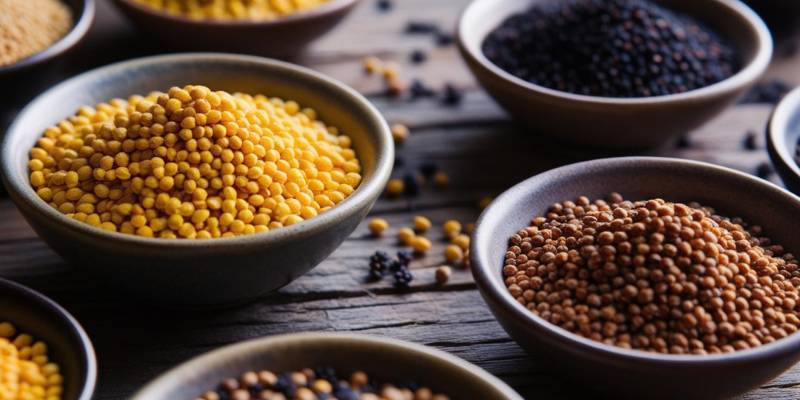
Nutritionally, they’re rock stars. A single tablespoon delivers a 30% selenium boost, plus magnesium, fiber, and antioxidants like glucosinolates—compounds linked to fighting inflammation. Think of them as flavor and health upgrades hiding in plain sight.
Why Mustard Seeds Are a Kitchen Powerhouse
These seeds are global culinary icons. Their magic lies in versatility:
- Tempering: Bloomed in hot oil, they add nutty depth to dals and stir-fries.
- Pickling: Their sharpness cuts through brine, perfect for cucumbers or onions.
- Condiments: Ground into pastes, they’re the backbone of Dijon and whole-grain mustards.
Chefs love them for their ability to balance heat, tang, and texture.
1. Toasting Mustard Seeds for a Flavor Pop
Toasted mustard seeds might just be the secret ingredient your pantry has been missing. When heated, these seeds release a nutty aroma and deeper flavor, adding complexity to even the simplest meals. The process is straightforward.
How To
Heat a dry skillet over medium heat. Once warm, toss in the mustard—no oil needed. Gently shake the pan to keep the seeds moving, and within a minute, they’ll start to crackle and pop like tiny fireworks. Remove them from the heat as soon as they darken slightly; over-toasting can make them bitter.
Where To Use
Sprinkle toasted mustard onto salads, roasted vegetables, or creamy soups. They’re especially good on dishes with mellow flavors, like butternut squash soup, where they provide contrast and excitement.
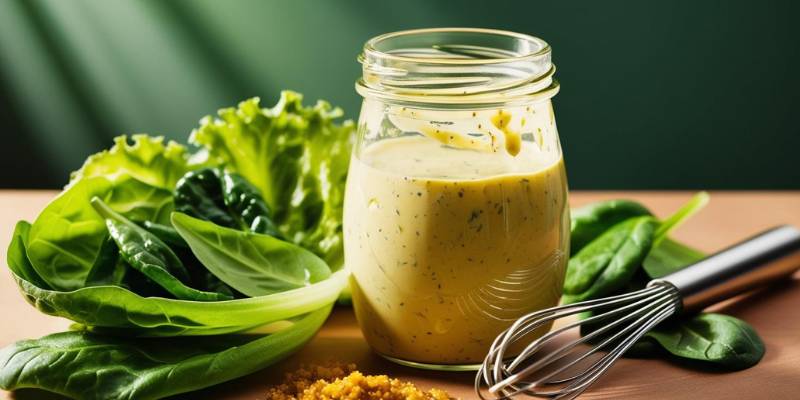
2. Mustard Seeds as a Spice Base for Curry Magic
Step into any South Asian kitchen, and you’ll find mustard seeds sizzling in oil as the base for a perfect curry. This technique not only enhances the spice’s inherent flavors but also releases essential oils that depth your dish.
How To
Heat oil or ghee until shimmering. Add a teaspoon of mustard seeds, cover briefly, and wait for them to pop. This step creates the aromatic foundation for the rest of your dish.
Pro Tip
Pair them with garlic, ginger, and turmeric for a heavenly combination. Use this base for vegetable, chicken, or lentil curries to give your creations a truly authentic twist.
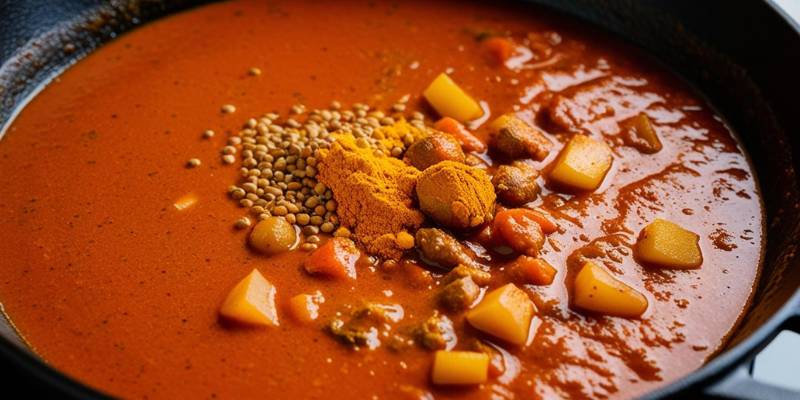
3. Transforming Salad Dressings with Mustard Seeds
Why rely on store-bought dressings when you can make your own flavor-packed version? Adding mustard seeds to vinaigrettes or creamy dressings is easy, yet the impact is immense.
Recipe Idea
Combine olive oil, balsamic vinegar, crushed mustard, and honey for a zingy, balanced dressing. Whisk it together for a smooth blend and drizzle over greens, grain bowls, or roasted veggies.
For a tangier punch, grind the seeds slightly before mixing them with other ingredients. The result is gourmet-level dressing made right in your kitchen.
4. Incorporating Mustard Seeds in Pickling Brines
Pickles aren’t just tangy—they’re an experience. And mustard seeds can elevate them to something extraordinary. Their mild heat and slight crunch complement the sharp flavors of vinegar-based brines beautifully.
Quick Pickle Recipe
Combine vinegar, water, sugar, mustard, and other spices of choice (like dill or garlic). Pour the mixture over thinly sliced cucumbers, onions, or carrots. Chill for a few hours to get quick, crunchy pickles full of character.
The seeds don’t just sit there—they infuse the entire brine with their earthy essence.
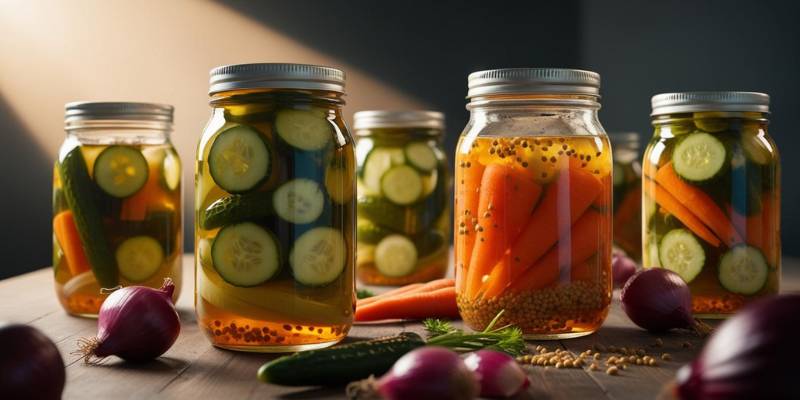
5. Creating Mustard-Seed-Crusted Proteins
This technique adds texture, flavor, and visual appeal to your dishes. Mustard seeds create a crust that’s crunchy yet slightly spicy, offering a gourmet touch to your proteins.
How To
Mix mustard seeds with breadcrumbs, herbs, and a touch of garlic powder. Coat chicken breasts, salmon fillets, or even tofu blocks in the mixture before baking or pan-searing.
Recipe Highlight
Try mustard-seed-crusted salmon drizzled in a honey glaze. The sweetness balances the seeds’ heat, creating a dish that’s beautiful and flavorful.
6. Adding a Burst of Flavor to Stir-Fries
If your stir-fries need an upgrade, mustard seeds can deliver. They pair wonderfully with other spices and vegetables, offering little bursts of flavor in every bite.
How To
Start your stir-fry by heating oil, then tossing in mustard to sizzle and pop. Once they release their aroma, add your veggies, soy sauce, ginger, and garlic.
Vegetable Pairings
Mustard complement earthy vegetables like broccoli, carrots, or mushrooms. For a balanced stir-fry, include a mix of crunchy and soft textures.
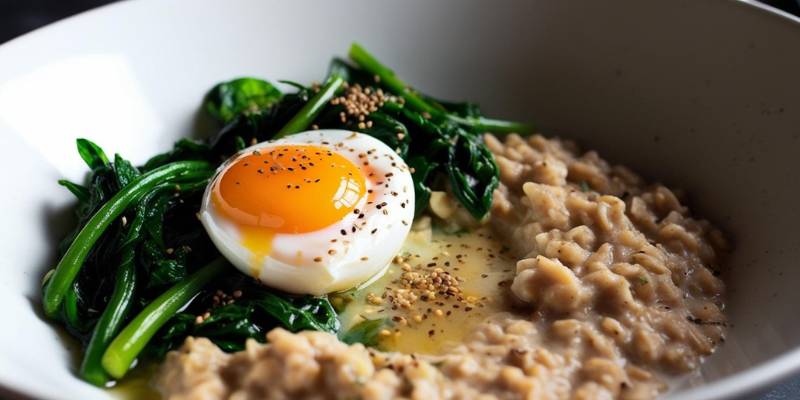
7. Revitalizing Soups and Stews with Mustard Seeds
The next time you’re making soup or stew, toss in some mustard seeds. They won’t just blend—they’ll enhance. The seeds add a pop of spice and a pleasant texture when left whole.
Example Recipe
For a hearty lentil stew, toast mustard seeds in oil, then mix them into the pot along with your garlic and onions. Add cumin, paprika, and tomatoes for a warming, flavorful dish perfect for cold nights.
Mustard shine in brothy soups or creamier bases like chowders. They’re that versatile.
8. Sweet Meets Savory – Desserts Infused with Mustard Seeds
Think mustard seeds are just for savory dishes? Think again! Their sharp, spicy notes can complement sweet desserts in surprising ways.
Recipe Highlight
Try making mustard seed brittle. Stir toasted mustard into caramelized sugar and pour onto a parchment sheet to cool. The result is a crispy, spicy-sweet treat with an unexpected kick.
Pair this brittle with plain vanilla ice cream for an elegant yet straightforward dessert.
9. Homemade Mustard with Whole Seeds
Perhaps the most obvious and rewarding use for mustard is homemade mustard. Unlike store-bought versions, you control the heat, texture, and flavor.
Step-By-Step Guide
- Start with whole mustard seeds.
- Mix with apple cider vinegar, water, and honey or sugar to taste.
- Grind roughly or blend for smoother mustard, depending on preference.
This homemade condiment can be used as a sandwich spread, marinade, or even as a glaze for roasted meats. It’s fresh, vibrant, and miles ahead of anything you can buy.
10. Elevating Breakfast Dishes with Mustard Seeds
Even breakfast can get a mustard seed twist. Add them to egg dishes, savory oats, or homemade breakfast sausages to start your day with a flavorful punch.
Example
For spiced scrambled eggs, sauté onions and mustard seeds in butter before adding beaten eggs. The result? A dish that’s savory, satisfying, and elevated beyond the ordinary.
Or, cook up a savory oatmeal bowl. Add sautéed greens, mustard, and a poached egg on top for a healthy yet indulgent morning meal.
Health Benefits of Mustard Seeds
Beyond the flavor, mustard seeds are packed with nutrients. They’re rich in selenium, magnesium, and omega-3 fatty acids, all of which contribute to better heart health and reduced inflammation. Their antioxidants can also support digestion and metabolism, making them not just tasty but truly beneficial.
If you’ve been looking to add nutrient-dense foods to your recipes, mustard are a simple yet effective ingredient to consider.
Learn about the 7 great health boosts from dried parsley and how it can enhance your meals and well-being
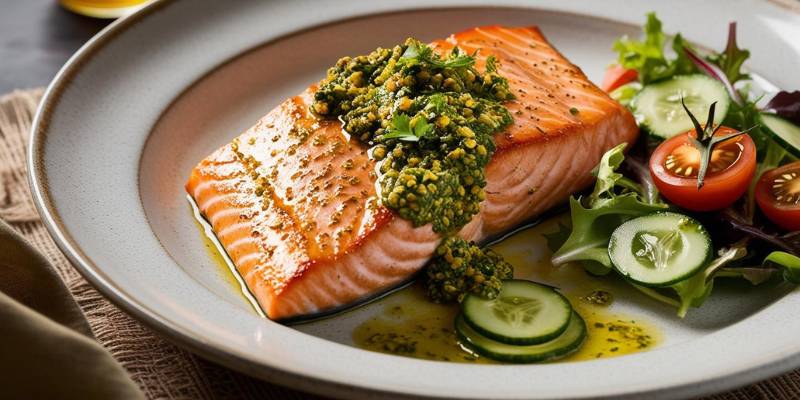
Final Thoughts
There you have it—10 incredible ways to use mustard seeds to make your meals unforgettable. From crunchy crusts to vibrant vinaigrettes, and even sweet surprises, these tiny seeds deliver big in terms of flavor and versatility.
Next time you’re at the grocery store, grab a jar of mustard. Experiment with one (or all) of these tricks—they’re easy, creative, and guaranteed to impress. Which one will you try first? Whatever it is, one thing is certain. These little seeds will unlock a whole new world of flavors in your cooking.
Curious about another versatile dried herb? Discover the fascinating health benefits and uses of dried chamomile in our guide to 8 Intriguing Facts to Know.
Stay connected with us!
- Follow us on Instagram: @RoastedKitchen25 for daily cooking inspiration.
- Subscribe to our newsletter for exclusive recipes, expert tips, and kitchen hacks straight to your inbox!
Frequently Asked Questions
Q1. Can I use mustard seeds whole, or do they need to be ground?
Mustard seeds can be used both whole and ground. Whole seeds work well in pickling, curries, and as toppings for dishes where you want texture and bursts of flavor. Ground mustard are ideal for making mustard paste or for blending seamlessly into sauces and marinades.
Q2. What’s the difference between black, brown, and yellow mustard seeds?
The primary difference is their flavor and heat level. Black mustard seeds are the spiciest and have a robust, pungent flavor. Brown mustard are slightly milder but still bold, often used in Indian cooking. Yellow mustard are the mildest and have a tangy flavor, making them perfect for classic yellow mustard condiments.
Q3. Do mustard seeds go bad, and how should I store them?
Mustard don’t spoil but can lose their potency over time. To keep them fresh, store them in an airtight container in a cool, dry place, away from direct sunlight. Properly stored, they can last up to two years while retaining their flavor.
Q4. Are there any dietary restrictions for using mustard seeds?
Mustard are generally safe for most people, but those with mustard allergies should avoid them. They are also naturally gluten-free, making them suitable for people with celiac disease or gluten sensitivities. Always verify spice blends or pre-made products that use mustard for additional ingredients.
Q5. Can mustard seeds be used in non-spicy recipes?
Absolutely! While they are known for their bold flavor, mustard can be incorporated into mild recipes to add depth and complexity without overpowering the dish. For example, they complement sweet or creamy ingredients in dressings, baked goods like mustard seed crackers, or dessert creations like brittle.

Food has been at the heart of my life since childhood. My father, a passionate restaurateur, owned and ran Cave Way, a beloved restaurant in Narayanganj, Bangladesh. For 19 wonderful years, Cave Way delighted customers with its warm atmosphere and mouthwatering dishes. It was more than a restaurant; it was a community landmark. When my father passed away, the restaurant’s doors closed, but its legacy lived on in me. As a businessman and food enthusiast, I’ve always felt a connection to the joy and stories that food brings into our lives. Roasted Kitchen is my way of honoring that legacy, sharing my passion, and connecting with others who love cooking as much as I do.

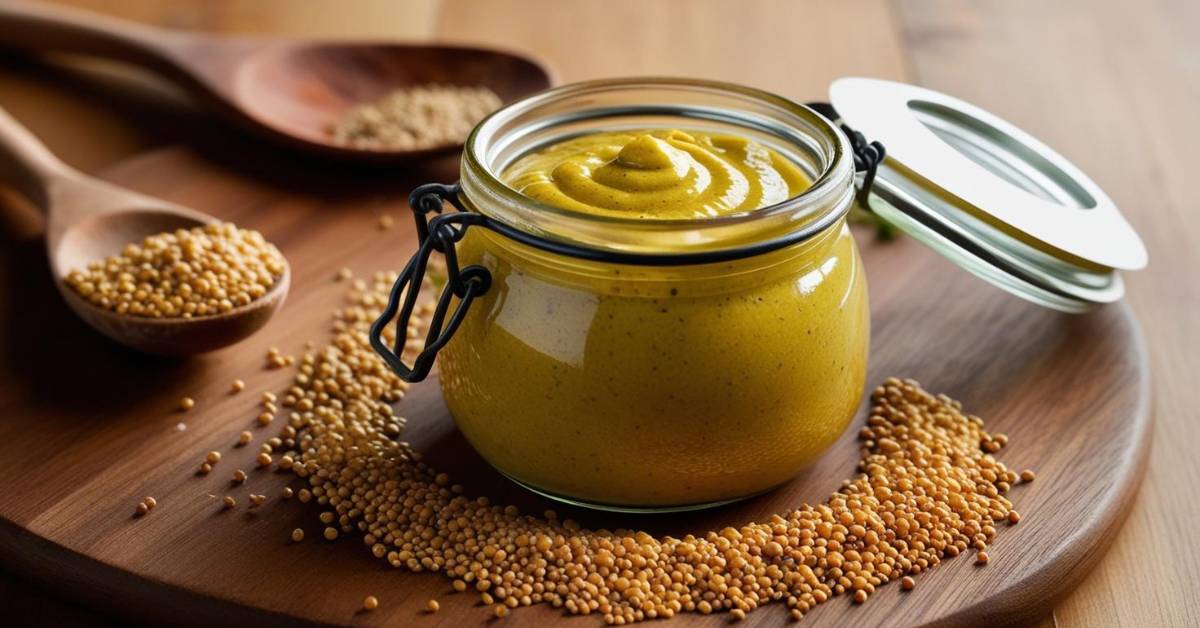








 Subscribe to our free newsletter for tips, tutorials, and insights!
Subscribe to our free newsletter for tips, tutorials, and insights!